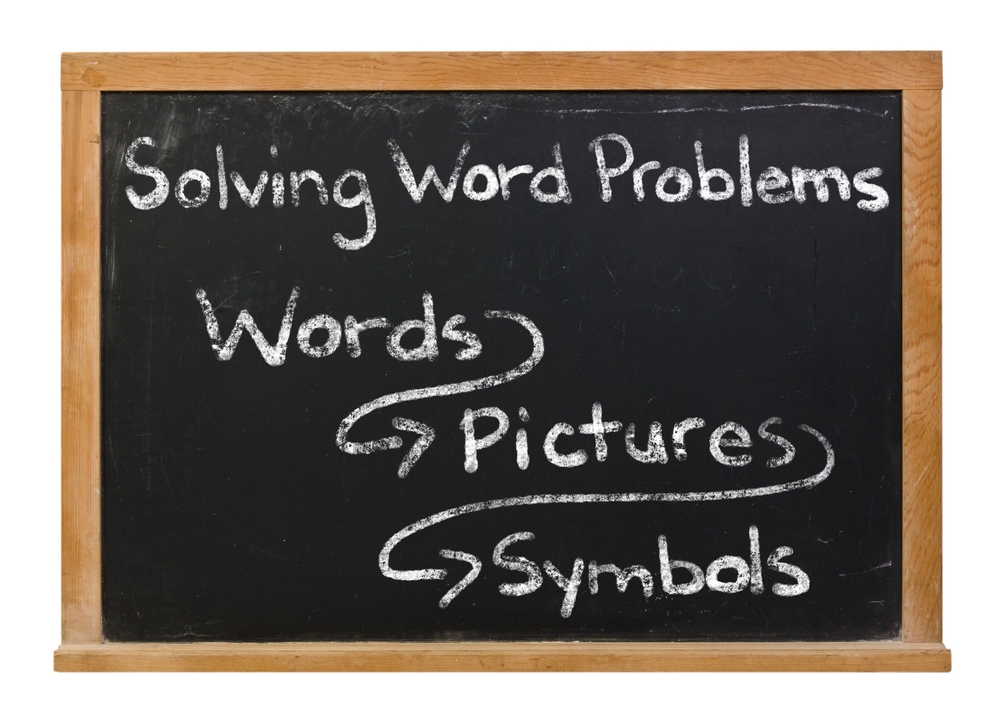Understand sequences Worksheets for Kids
5 filtered results
-
From - To
Question/Answer
How to test a Grade 2 student’s Understand sequences skills?
To test a Grade 2 student's understanding of sequences, use pictorial or numerical patterns. Present a sequence with a missing element, and ask the student to identify and fill in the missing part. Include simple arithmetic progressions (e.g., adding by 2s or 3s) or patterned object sequences to assess their ability to recognize and continue the sequence logically.
What does the Understand sequences skill mean when it comes to Grade 2 Adding up to 100 Without Regrouping learning?
The "Understand sequences" skill in the context of Grade 2 Adding up to 100 Without Regrouping means recognizing and following a number pattern or order. It involves identifying the logical progression within numbers being added without carrying over (regrouping) and applying this understanding to efficiently solve addition problems up to 100.
What are some effective activities to train students’ Understand sequences skill when teaching them about Adding up to 100 Without Regrouping?
Effective activities for training students in understanding sequences while teaching adding up to 100 without regrouping include number line jumps, sequencing puzzle games, fill-in-the-blank number sequences worksheets, and interactive storytelling with sequential adding tasks. Incorporating physical movement, such as hopscotch with sums, also reinforces their understanding of sequences in a fun and engaging way.
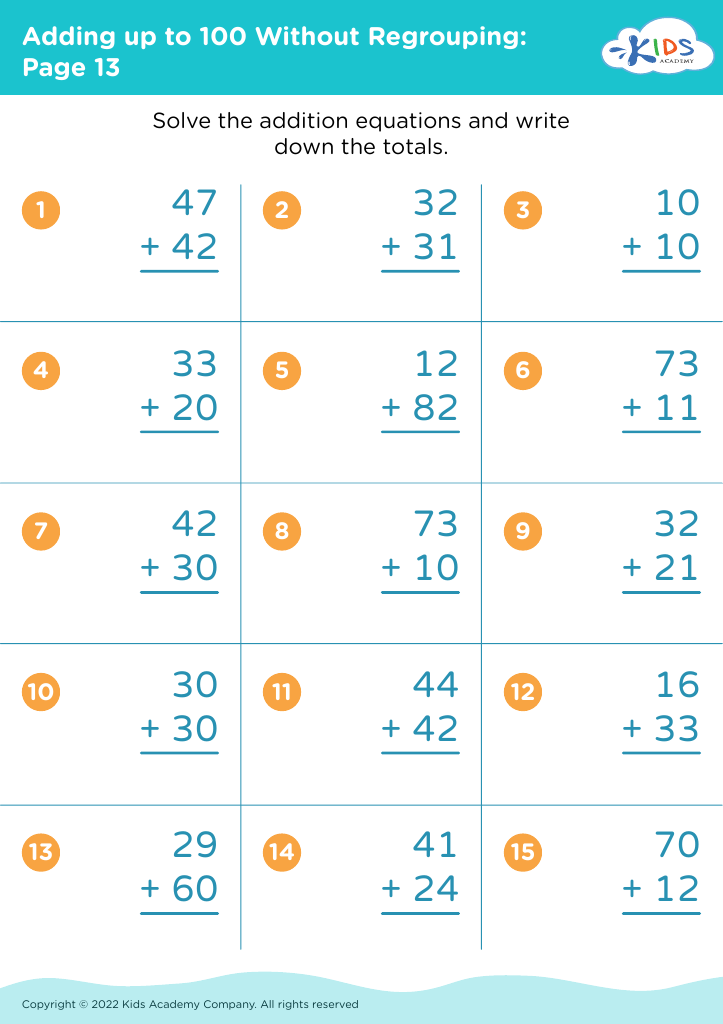
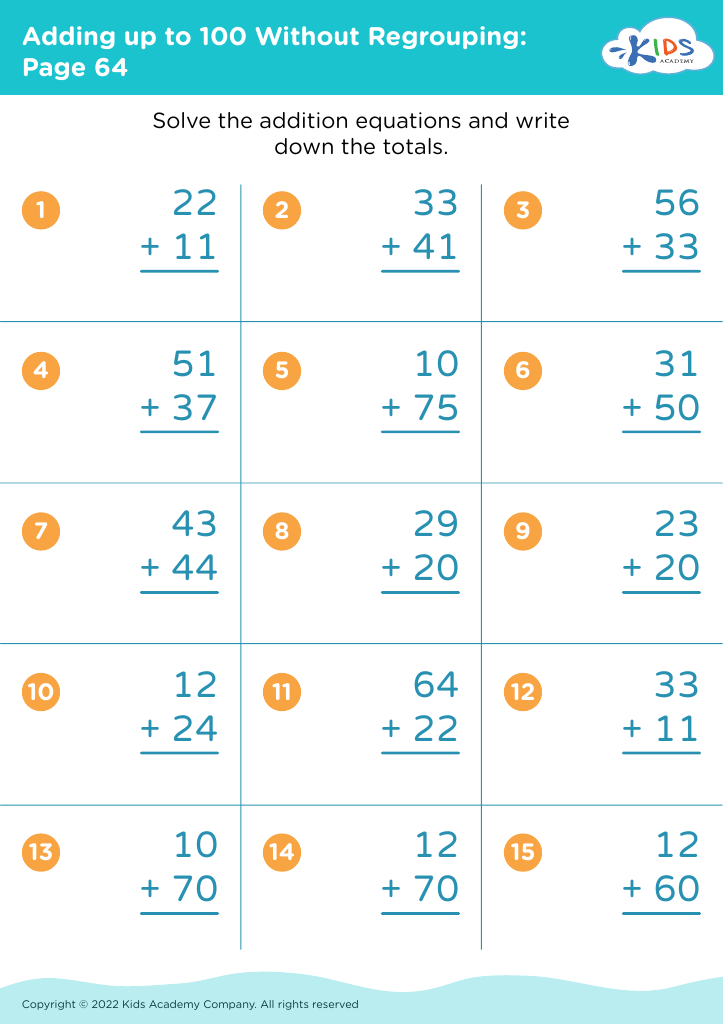
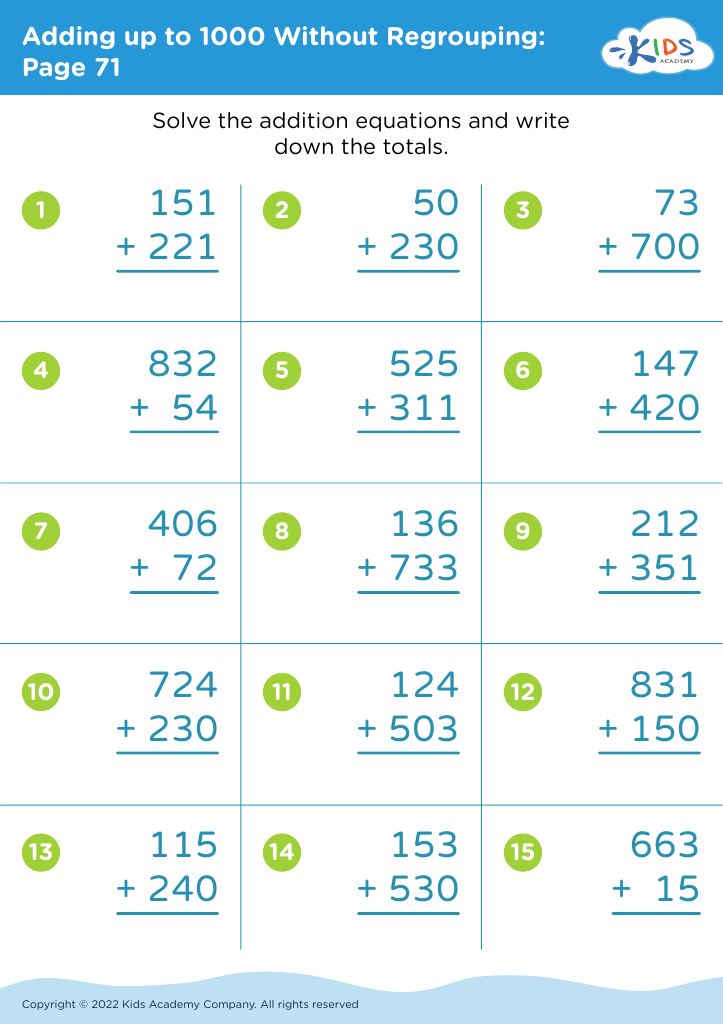
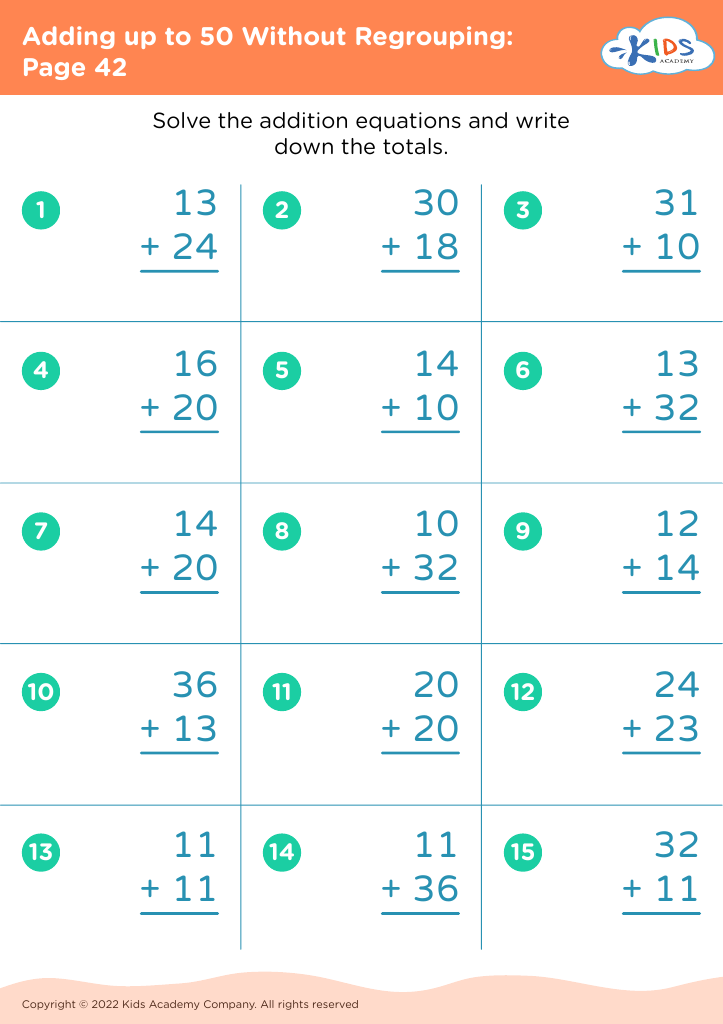
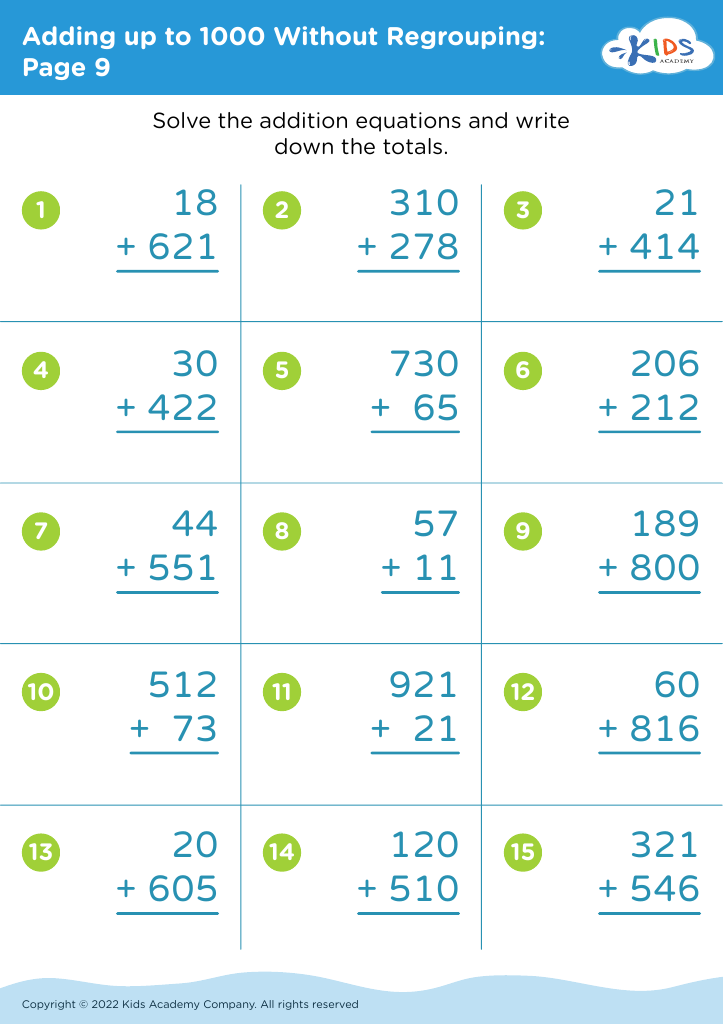



.jpg)

